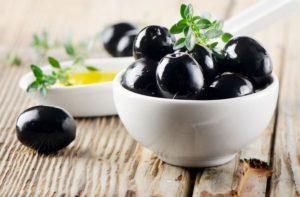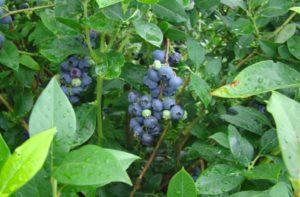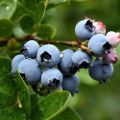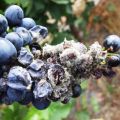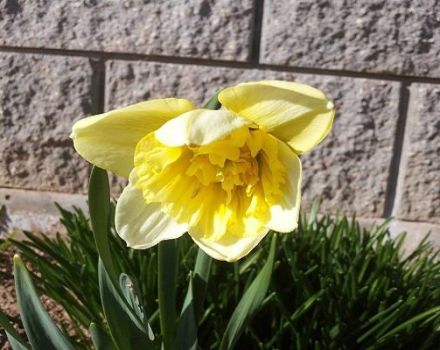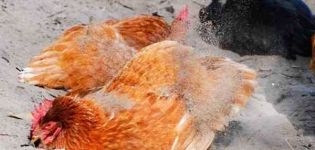Description and characteristics of the blueberry variety Bluecrop, planting and care
For a long time, among amateur gardeners, Bluecrop has remained one of the favorite and sought-after varieties. Along with many new varieties developed, the old American blueberry is as popular as the new ones. To grow a beautiful ornamental bush in the garden, get a high yield every year and find out the secret of its popularity, you need to study agricultural technology and the intricacies of growing.
Content
- 1 Description and characteristics of blueberries
- 2 The history of the origin of the Bluerop variety
- 3 Advantages and disadvantages
- 4 The subtleties of growing
- 5 Further care of berries
- 6 Preparing for winter
- 7 Diseases and pests of the variety
- 8 Reproduction of blueberries Bluecrop
- 9 Collection and storage rules
Description and characteristics of blueberries
Tall blueberry Bluecrop is a beautiful shrub from the Heather family with a spreading crown, two meters high, and a bush habit of 1.7 meters.
Roots develop when buds appear and stop growing in May. During ripening, the fruits begin their development again. At a temperature of 5 ° C, root growth stops until spring.
Blooms in May. Pollinators are other varieties that bloom at the same time.
It starts bearing fruit in the 3-4th year of cultivation. Large dark blue berries are slightly flattened, with a pronounced bloom of a bluish tint. The berries hang from long bunches. Fruits are dense, do not crack when ripe. The taste of the berries is sour and tart. Ripen by the end of summer, the ripening time may vary. They ripen unevenly, the collection of berries lasts 2 months.
The blueberry of this variety has a decorative appearance due to the oblong leaves of a rich green color, especially in autumn - the leaves turn orange-purple or red-crimson.
The description of the decorativeness of the variety suggests that the shrub is used in landscape design. The decorativeness of the bush allows you to use it when creating garden decorations.

The history of the origin of the Bluerop variety
American breeder Frederick Vernon Covill has been researching wild blueberries since 1908. I wanted to take samples for plant breeding. Elizabeth White supported the scientist in 1910 and provided the territory of her farm where cranberries were grown. Working together to breed blueberries, they developed and tested 15 plant species. In the mid 20s of the last century, along with other species, the blueberry variety Bluecrop was created.
It appeared in the Soviet Union in the middle of the last century. Became popular in Russia, Ukraine and Belarus.
Blueberry Bluecrop bears fruit well and gives large fruits in comparison with other species.
Bluecrop is called simply American blueberry or American blueberry for the similarity of the fruit.
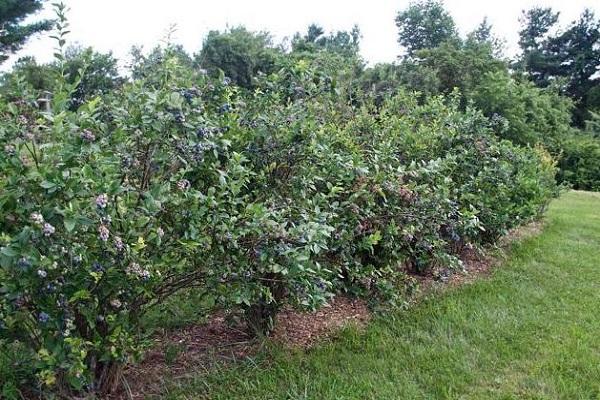
Advantages and disadvantages
The positive properties of the variety are as follows:
- Produces abundantly. The bush yields 6-9 kg of berries.
- Not afraid of frost. Withstands cold up to - 34 ° C.
- Not very susceptible to disease.
- Contains many vitamins A, C, P, PP and trace elements in the form of phosphorus, magnesium, calcium, silicon, sodium, iron.
- Relieves inflammation.
- Tones up.
- Participates in the metabolism.
- Helps with vitamin deficiencies.
The disadvantages are:
- the plant is heavily overloaded with berries;
- maturation is stretched;
- the need for watering during the ripening of the crop so that the berries do not shrivel;
- the berry is not sweet to taste, slightly tart.
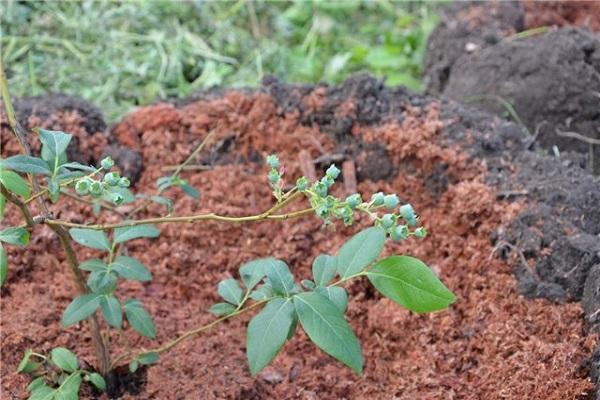
The subtleties of growing
The successful cultivation of Bluecrop blueberries is influenced by the quality of the planting material, the determination of the planting site, and the correct preparation of the pit.
Selection of seedlings
When buying planting material, they prefer strong two-year or three-year seedlings with an increase of 30-35 cm. The roots of the seedling are well developed, without visible signs of disease.
Seat selection
A properly chosen planting site is the key to abundant fruiting.
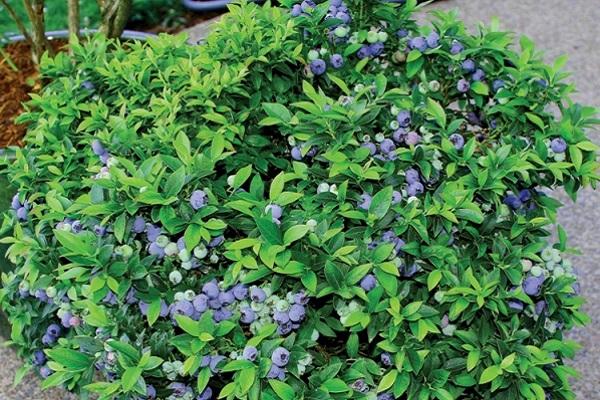
Blueberry Bluecrop is light-requiring. Can put up with partial shade, but not see a good harvest. The area around the planted blueberry bush must be freed from tall plants so as not to shade it. They are planted within 2.5 m by 1.5 m so that when growing, the seedlings do not interfere with each other.
The acidity of the soil is needed in the range of 3.5-5.0 (pH). If the acidity is low, the soil is oxidized with an acidic agent.
Blueberry varieties Bluecrop prefers places with a shallow groundwater table - about 60 cm.
Blueberries are not planted on limed soil. It is not grown after strawberries, after vegetables - carrots, garlic and other crops, under which lime was introduced.
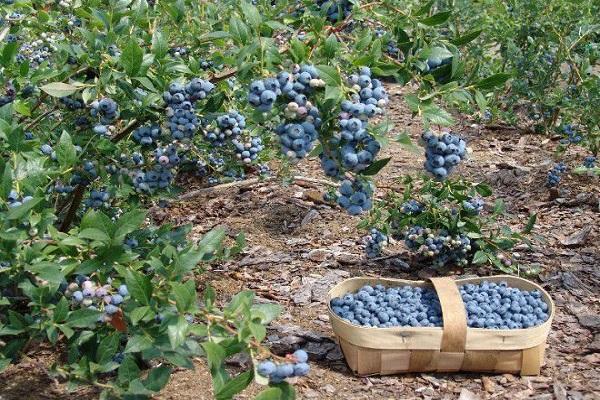
Soil preparation
It is important to choose the right soil for growing blueberry garden blueberries. The composition of the soil should be similar to that of forest land. By mixing sand with peat, the desired soil composition is obtained.
Landing time and rules
Planting is carried out in the spring at an air temperature of +17 ° C. In autumn they are planted in September. Blueberries should take root before the cold weather sets in.
Planting blueberries involves the following algorithm of actions:
- Prepare a 50 x 50 cm planting pit.
- Fill the bottom with crushed stone or crushed brick - create drainage.
- Prepare a soil substrate by mixing sour peat and black soil, add sand. To oxidize the earth, sulfur is mixed with coniferous litter.
- Pour some of the prepared earth on top of the drain.
- Take out the planting material from the container, straighten the roots and lower it into the pit.
- Pour out the remaining soil, deepening the stem 3 cm.
- Mulch with coniferous litter.
- Drizzle with acidified water. Pour 100 g of table vinegar into a ten-liter bucket of water.
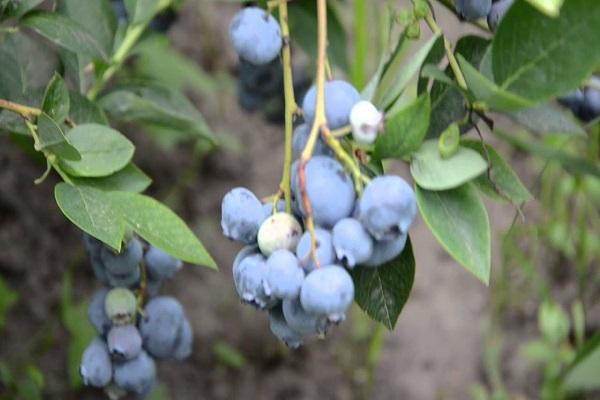
The planted blueberries are fed twice using complex fertilizers.
Further care of berries
Blueberries are easy to care for. Shrub care consists of the following activities:
- watering;
- weeding;
- loosening;
- mulching;
- trimming;
- top dressing.
Watering and mulching
Water regularly. It should not be allowed that water stagnates at the roots and the soil dries out.
Weeds around the seedlings are regularly removed. Young plants especially suffer from weeds. If you do not weed in time, you can destroy the shrub.

Loosening the soil around the seedling is carried out. They do it shallowly - no more than 10 cm, the roots of the plant are located at a depth of 20 cm from the ground.
Constantly mulch the soil under the plant with needles, peat or sawdust.
Top dressing
When feeding, they do not use organic matter. Fertilize so as not to disturb the acidity of the soil.
Nitrogen, phosphorus and boron are introduced into the soil. The plant itself will help to figure out how to feed the bush:
- leaves grow poorly or turn yellow - nitrogen is needed;
- leaves turn purple - there is not enough phosphorus;
- the growing point of the plant turns black or the tips of the leaves wither - it is necessary to feed with potash fertilizer.
They feed them twice a season: in April and early summer. In early spring, shrubs are given compositions in the form of a complex fertilizer for heather.
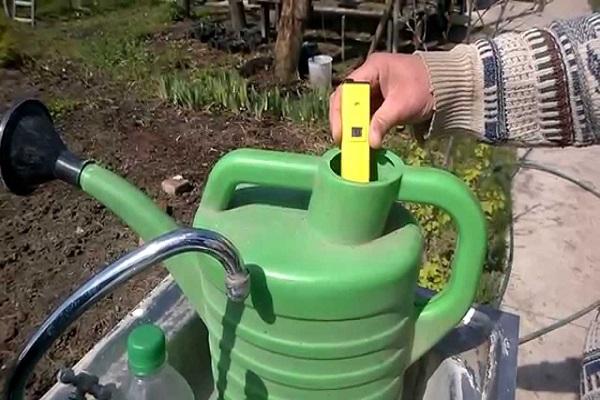
Blueberry pruning
Lack of regular pruning reduces blueberry yields.
In the early years of growing, the lower branches are pruned to speed up growth. When the bush thickens, it is required to regularly free the bush from unnecessary branches that interfere with the plant. Sanitary pruning is carried out from the 4th year of cultivation - weak branches are removed. If you do not do this, the berries lose their quality - they become smaller.
Preparing for winter
Blueberry is a frost-resistant blueberry variety. Good winter hardiness, withstands 30-degree cold under cover. But you need to prepare it for winter.
Plants are engaged in shelter in October. The bent blueberry branches are carefully fixed to the ground, then covered with needles or spruce branches.
When carrying out the procedure, do not use plastic wrap, the plant can be destroyed.
Take off the shelter when the snow melts.
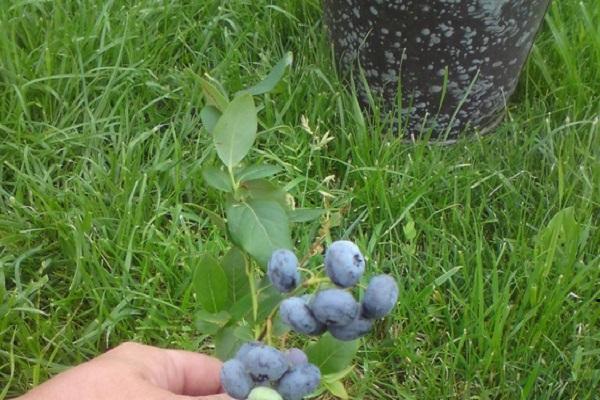
Diseases and pests of the variety
If the blueberries are bad, then the color, shape and size of the berries change, the foliage changes. Any manifestations indicate the presence of diseases.
The most common blueberry diseases are:
- Bacterial cancer. Shrubs suffer more often at a young age. There is a delay in the supply of water and nutrients to the plant stem. Cancer appears when oversaturated with nitrogen fertilizers. The bush stops growing, the yield drops. The symptoms of the disease appear as a growth on the plant. The infected bush is removed.
- Gray rot. It appears with dampness and high air temperatures. All parts of the plant suffer, especially the fruits. At first, yellow specks appear, they quickly increase. The berries rot, a gray bloom appears. Protect against disease with "Euparen", "Signum", "Terselom", "Switch", "Rovral", "Topsin", "Polyversum".
- Powdery mildew. Cultures get sick in the heat with an increase in dampness and sudden temperature changes. The plant dries up, the bush becomes weak, winter hardiness decreases. Processing is carried out with a 3-5% solution of copper sulfate.
Blueberries are attacked by sucking pests such as kidney mites and aphids. A kidney mite is difficult to detect immediately. This small pest sucks out juices, depletes the blueberry bush. They resort to processing with vitriol and "Nitrafen". Aphids lay many eggs. Leaves turn yellow and fall off. Apply "Iskra" and "Aktara" to combat aphids.

Reproduction of blueberries Bluecrop
They use the following breeding methods:
- With the help of layering. In the spring, the bent twig is sprinkled with a peat-sand mixture or covered with plastic wrap. By autumn, the cuttings will take root. Next year, in the spring, the rooted material is transplanted to the place designated for it.
- With the help of cuttings. Lignified shoots are prepared in autumn. Cutting cuttings are wrapped and placed in cool until spring. In March, the twigs are cut into cuttings 20–25 cm long. They are placed in a prepared peat-sandy substrate and covered with a film or a lid. Monitor humidity. The rooted plant is transplanted to a permanent place in August.
- From seeds. They are sown before winter, before the frost begins. They are sown in the spring, but the seeds must be stratified in the winter in the refrigerator. The process of growing from such material is the most laborious.
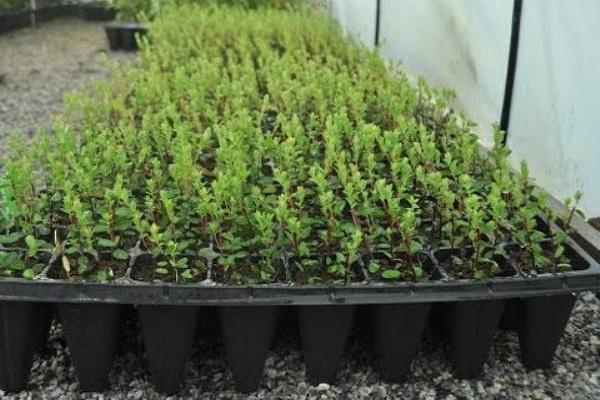
Collection and storage rules
You need to pick the berries carefully, trying not to deform, into small containers. It must be cooled within 4 hours after collection, otherwise it begins to collapse. Chilled fruits are stored at temperatures up to + 2 ° C with a relative humidity of 90-95%.The harvested crop can be stored for two weeks at a room temperature of 1.5 ° C and a humidity of 85%.
For the winter, you can prepare the fruits by freezing them, or process them.
